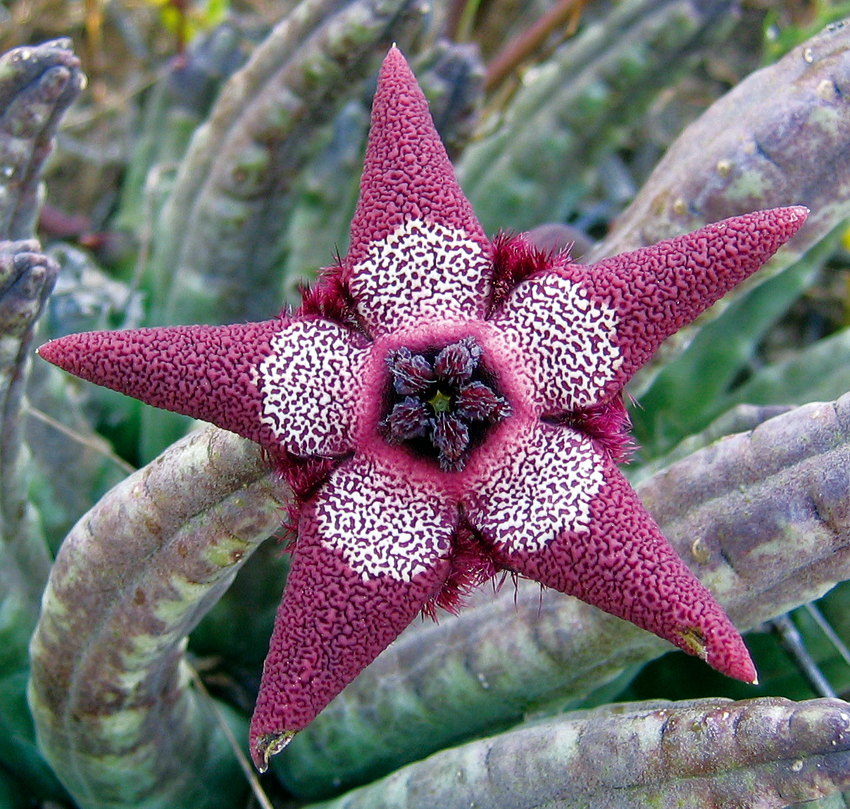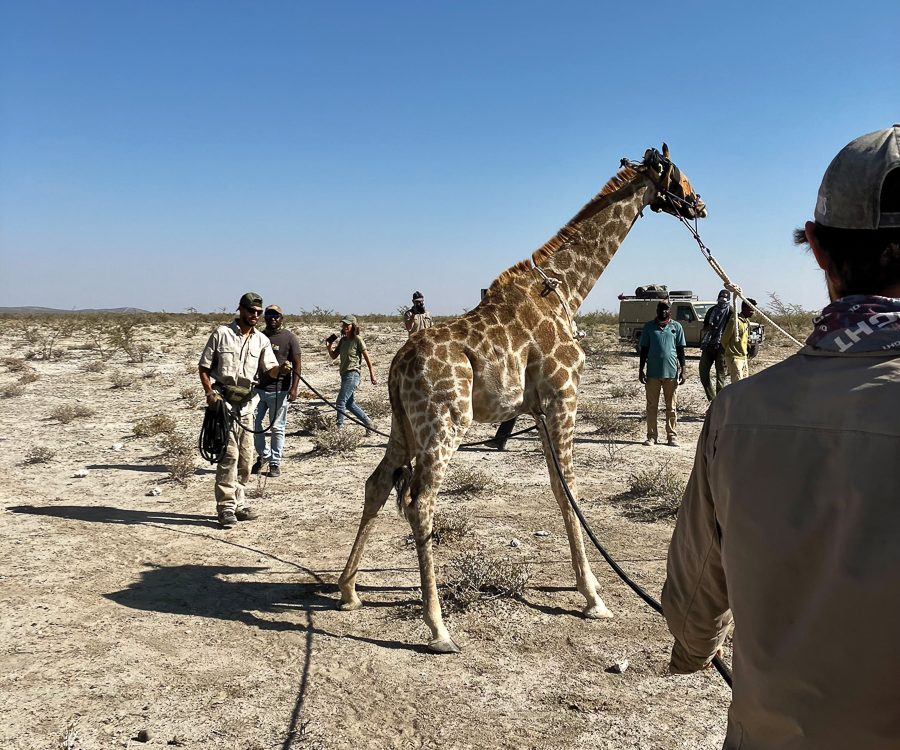Rhino security in Namibia
May 6, 2013Namibia: Protected areas, climate change and the green economy
May 6, 2013Text Michael Sibalatani, NAMPLACE Project Manager
Conservation of biodiversity at landscape level is a phrase that is fast gaining momentum around the world. Namibians can take pride in the fact that their country is not only part of this innovative movement, but is one of the world leaders in this field.
To take one particularly striking example: the Ministry of Environment and Tourism (MET), through the Namibia Protected Landscape Conservation Areas Initiative (NAM-PLACE), has already established five landscape conservation areas.
Envisage a jigsaw puzzle, each piece slotting with its neighbours to form a complete and viable picture. That’s the landscape-level conservation concept. Without linkage, with the conservation pieces isolated and disconnected, integrity is lost. We lose the migration routes, we lose the natural come-and-go and interaction of species, we lose the picture.
Namibia’s picture is looking good! To date, 44% of Namibia’s total land area has been set aside for conservation purposes. The network consists of state-run protected areas, freehold wildlife management units, communal conservancies, and community forests. All of these complement each other.
This said, the MET – supported by national and international partners – is well aware that setting land aside for conservation without enabling appropriate measures to manage it effectively will not safeguard its biodiversity. It is against this background that the Ministry is consciously and continuously exploring new ways to improve management effectiveness through new initiatives, especially those that provide positive incentives towards conserving biodiversity.
The expansion of the protected areas network therefore coincided with improvement in the management effectiveness of protected areas. This was considered as crucial to such a degree that the MET, in partnership with the United Nations Development Programme (UNDP) and the Global Environment Facility (GEF), developed the Strengthening the Protected Areas Network (SPAN) Project, which has been working on the improvement of management effectiveness in Namibia’s protected areas.
SPAN has succeeded in achieving most of its targets, and the Management Effectiveness Tracking Tool (METT) has revealed substantial improvements in the management of protected areas.
At the official launch of the NAM-PLACE Project in November in 2011, the Honourable Minister of Environment and Tourism stated in her address: “Despite these achievements, we still have some vegetation types that are not represented in our national parks. The Government also recognises that opportunities to proclaim more state-protected areas or national parks are minimal due to demand for land by other equally important land uses.
Furthermore, predictions indicate that some parks are likely to become drier and others wetter due to the effects of climate change. More space will therefore be needed for some species, particularly those requiring large areas to survive. Some species are likely to seek new home ranges due to climate change.”
Biodiversity therefore continues to be at risk of becoming lost if additional strategies and mechanisms are not put in place. This situation stems from the arid to hyper-arid conditions and water scarcity that characterise Namibia, and which entail wildlife populations requiring extremely large areas to survive (and thrive). Some protected areas are either too small to protect wildlife, or are not viable because they are surrounded by fences that curtail wildlife movements to adjacent areas that historically provided important dry-season refuges.
To address these challenges, the MET has secured co-financing from the GEF through UNDP. To date the initiative addressed through the NAM-PLACE Project has established five landscape conservation areas in the country. These are the Greater Sossusvlei-Namib and Greater Fish River Canyon landscapes in the south; the Mudumu landscape in the north-east; and the Greater Waterberg and Windhoek Green Belt landscapes in central Namibia.
The NAM-PLACE Project is designed to lift conservation barriers and advocates for the establishment of a large-scale network of protected landscapes to address imminent threats to habitat and species loss at a landscape level, thereby ensuring greater responsiveness to the variability and seasonality aspects that are the inevitable result of climate change.
The project has brought more than 15 550 km² of additional land under protected landscape management arrangements designed to conserve biodiversity at a larger scale rather than individual patches of land units. In addition to the establishment of the landscapes, the initiatives will support the strengthening of governance and improved communication between landscape stakeholders through landscape-management committees.
Slowly but surely we are putting ever more pieces of the jigsaw back in place, and look forward to seeing the bigger picture growing from strength to strength.
This article was first printed in the 2013 Conservation and the Environment in Namibia magazine.







